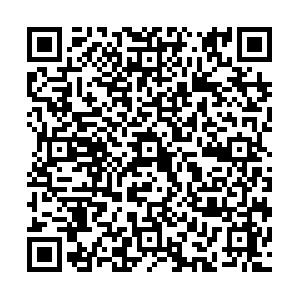Application of Phase Lock Loop in Superconducting RF Technology
-
摘要: 利用压控振荡器锁相环路(VCO-PLL) 锁定超导射频谐振腔体的本征频率,使腔体稳定谐振。在原理验证阶段,利用NI-Labview 对实验原理做了仿真。得到的仿真结果显示,环路增益选取的不同会直接影响整个系统的锁定状态。在实验测试阶段,根据原理和仿真结果搭建了相应的实验平台,从而得到环路锁定的测试结果。最后在低温超导态测试阶段,用经过验证的实验平台对IMP-HWR010 超导腔体进行了频率锁定测试,并得到了腔体频率随氦压变化的实际测量结果,df/dp 约为0.73 Hz/Pa。The main issue of this paper is to introduce the application of phase lock loop (PLL) in superconducting RF technology. The voltage-controlled oscillator phase lock loop (VCO-PLL) can be used for locking the eigen frequency of the superconducting cavity. It can keep superconducting cavity resonant stably. In thispaper, the principle of the cavity locking by the VCO-PLL is verified by a simulation, which is done by using NI-Labview software. The simulation result shows that the different gain of the PLL system can impact the locking situation of the whole system. In the test stage, the locking test plant is set up and passed validation. Finally, at the low temperature test stage, the frequency of the IMP-HWR010 superconducting cavity is locked by the test plant. The frequency change with helium pressure of the cavity is about 0.73 Hz/Pa.Abstract: The main issue of this paper is to introduce the application of phase lock loop (PLL) in superconducting RF technology. The voltage-controlled oscillator phase lock loop (VCO-PLL) can be used for locking the eigen frequency of the superconducting cavity. It can keep superconducting cavity resonant stably. In thispaper, the principle of the cavity locking by the VCO-PLL is verified by a simulation, which is done by using NI-Labview software. The simulation result shows that the different gain of the PLL system can impact the locking situation of the whole system. In the test stage, the locking test plant is set up and passed validation. Finally, at the low temperature test stage, the frequency of the IMP-HWR010 superconducting cavity is locked by the test plant. The frequency change with helium pressure of the cavity is about 0.73 Hz/Pa.
-
Key words:
- Superconducting Radio Frequency /
- Phase Lock Loop /
- Labview
-

 点击查看大图
点击查看大图
计量
- 文章访问数: 2218
- HTML全文浏览量: 174
- PDF下载量: 303
- 被引次数: 0




 下载:
下载:
 甘公网安备 62010202000723号
甘公网安备 62010202000723号